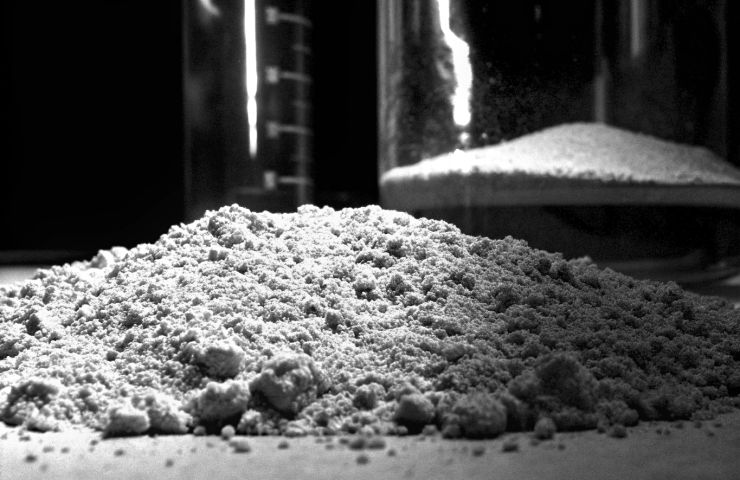
Pistachio Waste Powers Breakthrough in Hydrogen Production Catalyst from Turkish Research Team
July 31, 2025Hydrogen production just got a clever, low-cost makeover—courtesy of Turkey’s booming pistachio industry. In a seriously inventive move, a group of Turkish academic researchers has cooked up a smart, affordable way to boost clean energy using something most of us toss in the trash: pistachio shells. By blending these shells with Raney Nickel (Ra-Ni), they’ve developed a high-performance composite catalyst that supercharges sodium borohydride (NaBH4) hydrolysis. Not only does it work wonders, but it sets a new bar in biomass-based catalysis.
Turning Pistachio Trash into Hydrogen Treasure
This research comes straight from labs in Turkey and was recently published in Nature. It all centers around an unexpected power player: leftover pistachio shells. Specifically, they were sourced from Gaziantep Yoğutçuoğlu Gıda A.Ş., a local food producer in the pistachio-rich southeastern region of Gaziantep. The shells were ground into a fine powder and mixed in equal parts with Raney Nickel. The result? A dynamic, porous catalyst packed with active spots perfect for boosting hydrogen release from NaBH4.
The Science Behind the Shells
Here’s the deal: when NaBH4 reacts with water, it can release hydrogen—but it needs a push. Enter catalysts. While platinum’s usually the star player here, it’s expensive and scarce. The Ra-Ni/PS combo skips the bling and still gets the job done.
Thanks to ball milling, the team created tiny particles with tons of surface area. The plant-based framework in the pistachio shells helps spread out the nickel evenly, landing the catalyst a BET surface area of 2.63 m2/g—way better than nickel or shells alone. It also boasts a remarkably low activation energy of just 23.3 kJ/mol, delivering faster and more efficient hydrogen output.
They didn’t just eyeball it either—standard testing methods (FTIR, XRD, SEM, EDX) backed up the material’s top-notch structure and performance. In short, it works—and it works well.
Why This Matters for the Planet—and the Economy
This discovery hits on a bunch of big issues at once. First off, it cuts down the cost of hydrogen production by avoiding pricey metals. Then there’s the win for the environment: fewer waste problems and a more circular economy, since we’re now turning food scraps into futuristic fuel tools.
Economically, regions like Gaziantep could be sitting on a green goldmine. By rethinking what can be done with agricultural waste, local farms and businesses might find new ways to profit—and help the planet while they’re at it. It also fits right into Turkey’s broader game plan to push sustainable energy forward using local resources.
And let’s not forget the geopolitical upside: using domestic biomass means Turkey—and other agricultural nations—could ease their dependence on imported catalysts. That’s a game-changer when it comes to cost, sustainability and energy independence.
How This Stacks Up Globally
Using things like lignocellulosic biomass for catalysis isn’t a brand-new idea—countries like India and those across Southeast Asia have tested corn stalks, coconut shells, even sawdust. But pistachio shells bring some serious advantages to the table. They’ve got a dense structure, lots of hemicellulose, and—at least in Turkey—an endless local supply. That means lower transport costs and more reliable sourcing.
Compared to platinum-based systems, this PS/Ra-Ni catalyst keeps costs down and stays local. It’s a perfect fit for countries that grow lots of produce and are looking to leapfrog into clean hydrogen production without relying on expensive tech or foreign materials.
What’s Next? Scaling It All Up
The potential here is huge, but there’s still some legwork to do. The process of grinding and mixing needs to be scaled, and consistent year-round supplies of pistachio shells (or other biomass) need to be secured. Integrating this into broader hydrogen setups—from production to fueling stations—is also on the horizon.
But when you zoom out, the big picture is exciting. This blend of smart science, sustainable materials, and local economics offers a real roadmap for innovation. It’s not just about clean fuel; it’s about creating systems that are affordable, accessible, and good for local economies.
Who would’ve thought the path to greener energy could start in a pistachio grove in southeastern Turkey? As the world works to cut costs and carbon, this tiny nut’s leftovers might just spark the next wave of sustainable tech.



 With over 15 years of reporting hydrogen news, we are your premier source for the latest updates and insights in hydrogen and renewable energy.
With over 15 years of reporting hydrogen news, we are your premier source for the latest updates and insights in hydrogen and renewable energy.